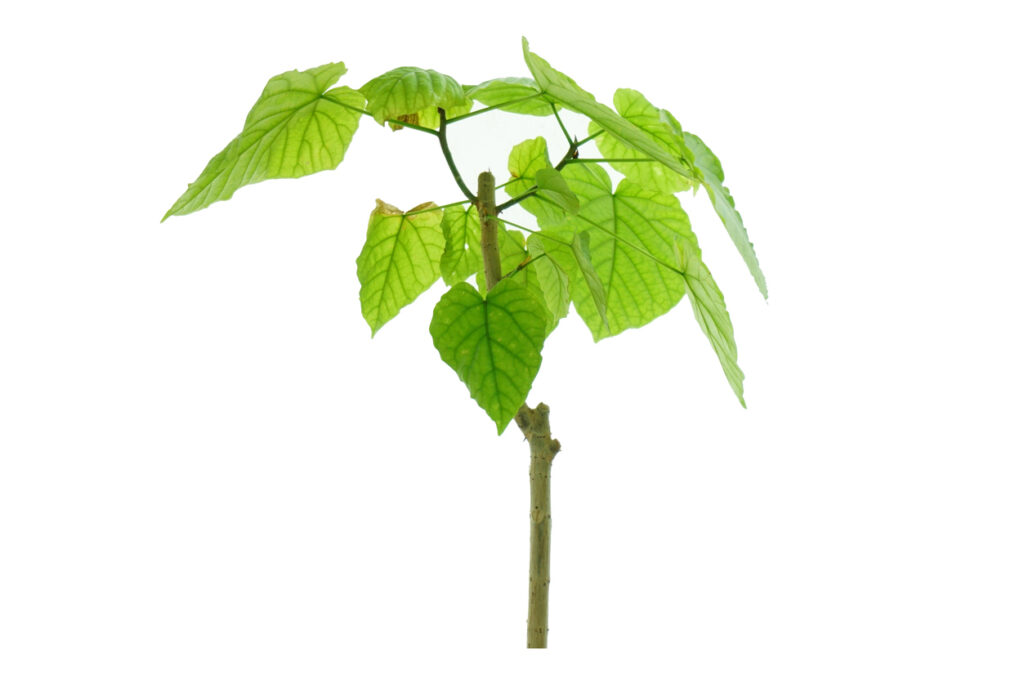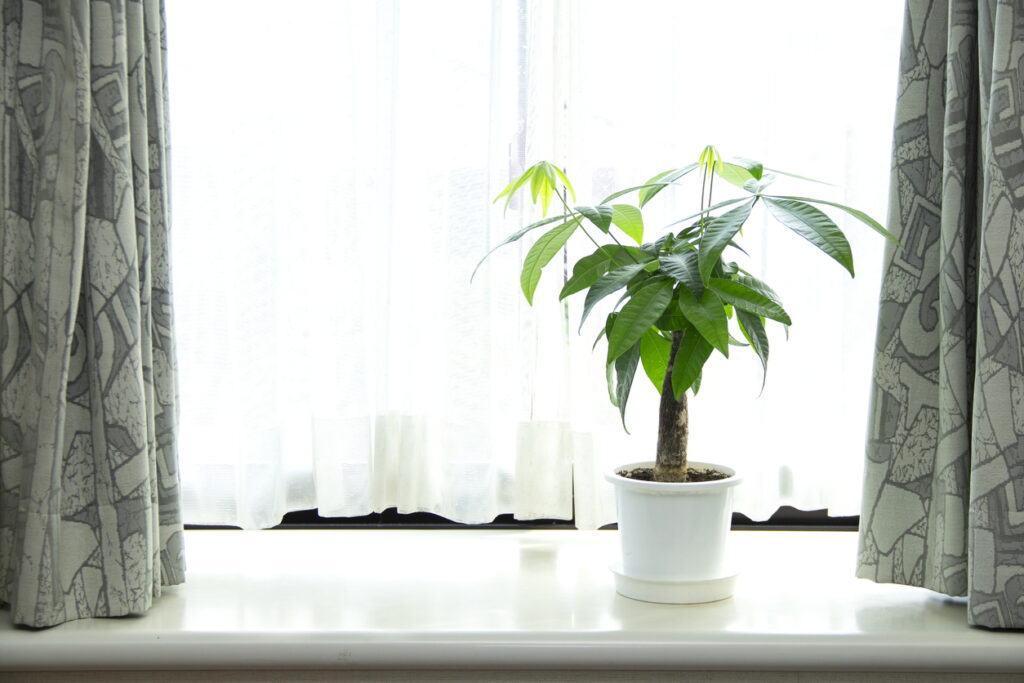Interior Green: The Best Indoor Plants for Your Japanese Apartment
These easy-to-grow beauties will brighten your home during the rainy season and beyond!
Plants bring life to any space, from the tiniest 1DK to a roomy mansion. From cleaning your air to adding decorative flair, read on for five plants that will have you planning for your very own home greenery.
Japanese apartments are generally not known for their size or for their ornate design features. Yet, I think this is all the more reason to bring some greenery into your space! Although taking care of indoor plants certainly requires work, plants can thrive in many different conditions and, with a little research, you can find ones that match your lifestyle, space, light and style. Luckily, we’ve got that covered for you! Below, I highlight five plants that can grow easily in a small apartment in Japan even if you lack a green thumb!
First Steps: Assess Space, Light and Energy Level
 © Photo by iStock: maruco
© Photo by iStock: marucoSize
Plants come in a range of shapes and sizes and all of them can prosper and grow well in your home. Smaller plants will fit on any shelf or decorative nook but may be easy to forget if you’re not careful. Larger plants, by contrast, will need enough space for their growing foliage as some don’t take well to being cramped in a corner. When choosing decorative pots to place your plants in, it is recommended to buy pots that are one size larger so that your plants will fit comfortably inside. Also, in Japan, the kanji that is used to measure pot size is 号 (read as gou), with larger numbers referring to bigger pot sizes.
Placement
Placing your plants in the best spot for them to receive the sunlight they need is one of the biggest hurdles when growing plants indoors. Plants that require direct sunlight need to be placed by a window in order to receive several hours of sun exposure every day. If your plant is unhappy with the amount of light, it will let you know! Plants that don’t receive enough light will stop growing and their leaves will turn pale green or yellow/white. They can also become “leggy,” meaning they grow long and thin and seem as if they’re reaching out toward the light. Conversely, if a plant is receiving too much direct sunlight, especially during the summer months here in Japan, the leaves will burn and develop crisped and browned edges. Filtering the light through blinds or sheer curtains can help with this issue.
Care
How much time and energy you have available to care for your plants will definitely be something to review before buying a plant. Some plants are picky about how much water they need and how often. And, if you water too much, the roots of the plant can start to rot. A general rule of thumb is to water plants only when you can insert a fingertip down to the first knuckle and the soil feels dry. Also, give water until it runs out of the bottom of the pot, since this helps to aerate the plant and properly develop its root base.
Below are five plants that are recommended for all plant lovers in Japan, even beginners. We’ve included the Japanese names for them as well so that you can identify them in a plant store.
1. Monstera
 © Photo by iStock: Marina Gorevaya
© Photo by iStock: Marina GorevayaMonstera モンステラ(monsutera) are lovely plants with palm-like leaves that gracefully droop. In terms of care, Monstera are notable in that they don’t mind being forgotten (i.e. they can tolerate an irregular watering schedule). Also, this plant prefers indirect light, which means that you can place it further from a window, such as in the middle of the living room. Monstera are typically a medium-sized plant, but if you are interested in growing it bigger, then, as it grows, you can replant it into larger and larger containers (see planter sizes above), until it becomes the size you desire.
2. Ficus Umbellata
 © Photo by iStock: Ruby KIM
© Photo by iStock: Ruby KIMFicus Umbellata フィカス ウンベラータ (fikasu unberata) are relatively large, tall and tree-like plants that can be the focal point in a living room. They enjoy bright, yet indirect sunlight, so they will do better if placed close to a window, but ideally with sunlight filtered through sheer curtains. Also, as this plant is sensitive to cold drafts, during the winter months, it may require some insulation from the cold.
3. Ficus Altissima
 © Photo by iStock: Nalin Prutimongkol
© Photo by iStock: Nalin PrutimongkolFicus Altissima フィカス アルテシーマ (fikasu aruteshima) are blessed with beautiful large smooth leaves decorated with light and dark green marbling. They are sun-loving plants and will also grow well if placed outdoors on a balcony during the hotter months of the year. These plants do not like the cold, so it is best to keep them inside during the winter and to protect them from cold drafts. Occasionally spraying their leaves with a mister and cleaning them of dust will rejuvenate their foliage.
4. Pothos/Devil’s Ivy
 © Photo by iStock: Tharakorn
© Photo by iStock: TharakornPothos ポトス (potosu) are low-maintenance tropical vines that are native to the Solomon Islands. Pothos have widespread appeal for their attractive heart-shaped leaves with green and white striations. Pothos enjoy bright, but indirect light and look stunning when hung from ceiling fixtures or when cascading off of shelves. Be aware that pothos grow quickly, even as much as several inches a month, and are toxic to pets.
5. Pachira
 © Photo by iStock: Hana-Photo
© Photo by iStock: Hana-PhotoPachira パキラ (pakira), also known as “money tree plants” in English, are easy to grow and come in a range of sizes. They look like mini-palms and their slender trunks are often braided together. You can start out with small ones that are readily available at 100-yen shops and watch them grow into large plants in a relatively short amount of time. And, if you find your Pachira is getting too big, you can easily prune it back as this will not damage it. Pachira enjoy bright sunlight and will grow in artificial lighting conditions as well.
And, as for where you can buy plants in Tokyo, the world is truly your oyster! These easy-to-care-for and popular plants in Japan can be found in many places, such as:
- Supermarkets
- 100-yen shops like Daiso
- Ikea Japan
- Aoyama Flower Market
- Hibiya Kadan
- GooDay
- Afternoon Tea
- Your local flower shop
What do you have growing inside your Japanese home?












Leave a Reply